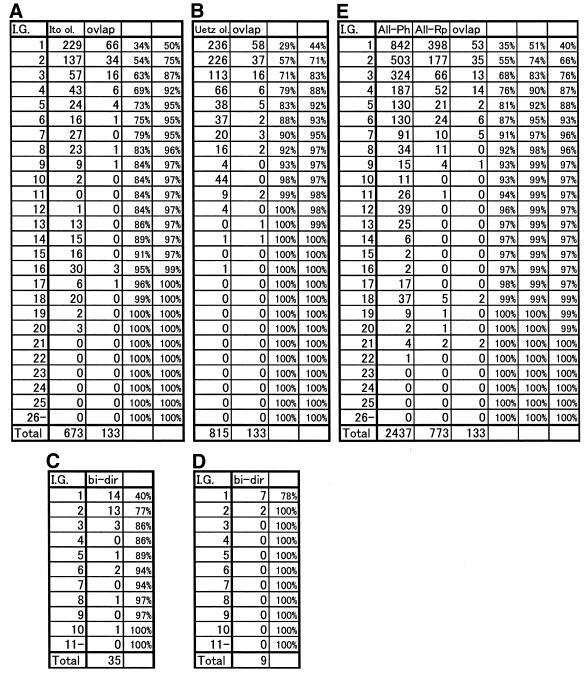Table 1. Distribution of the number of interactions with given interaction generalities.
(A) Analyses using the interactions unique to the work of Ito and the interactions common to the data of Ito and Uetz (i.e. overlapping interactions). Interaction generality (I.G.) calculations are based on Ito’s interaction network. Numbers in each column show, first, interaction generality (I.G.), second, number of interactions (excluding overlapping ones, denoted Ito ol.) and, third, number of overlapping interactions observed for corresponding generalities (ovlap). Cumulative percentages for the second and third columns are shown in the fourth and fifth columns, respectively.
(B) Analyses using interactions unique to the work of Uetz (Uetz ol.) and those common to the studies of Ito and Uetz (ovlap). Interaction generality calculations are based on Uetz’s interaction network.
(C) Analysis using the bidirectional interactions (bi-dir) identified by Ito. Interaction generality calculations are based on Ito’s interaction network.
(D) Analysis using the bidirectional interactions (bi-dir) identified by Uetz. Interaction generality calculations are based on Uetz’s interaction network.
(E) Analysis using all physical interactions (All-Ph), all reliable interactions (overlapping interactions between the assays of Ito and Uetz, all bidirectional interactions and interactions obtained by immunoprecipitation, denoted All-Rp) and the interactions common to the studies of Ito and Uetz (ovlap). Generality is calculated according to the all physical interaction network.

